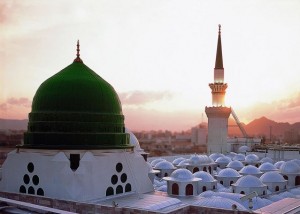

By: Saudi Gazette
Source: Saudi Gazette
The annual Arabian Travel Market roadshow series returned to Oman last Thursday, as the Sultanate continues to work on leveraging its international profile, which saw inbound tourism numbers rise by an average of 7.4% per annum in the decade 2005-14 and 1.4 million international tourism arrivals targeted by 2019, up from 1.1 million in 2015.
The Reed Travel Exhibitions team were in Muscat, to meet with key industry players from across the country and discuss exhibitor opportunities for this year’s annual travel industry showcase as well as look at where the country stands with regards to its US$3.3 billion worth of tourism related projects.
Exhibitors from the Sultanate attending ATM 2016, which takes place at Dubai International Convention & Exhibition Centre on April 25-28, include the Oman Ministry of Tourism, which has forecasted hotel room capacity to expand at an annual growth rate of 5.3% over the next three to four years, and contribute 10% of GDP by 2020.
“Oman’s Tourism Strategy for 2015 through to 2040 has an investment value of $35 billion and the country is working hard to increase its global appeal with exciting initiatives such as the launch of an e-visa system by Royal Oman Police in February last year,” said Nadege Noblet-Segers, Exhibition Manager, Arabian Travel Market.
“It has also been a destination on several travel hotlists, and was ranked in 20th spot on the New York Times list of one of the 52 places to visit in 2015 as well as gaining kudos from popular travel site, Skift, which last year named it as the number one spot in the region, saying that it ‘packs a lot [into] a small package’,” she added.
It is also seventh out of the 100 places most favored by Muslim tourists, according to the Global Muslim Travel Index.
Recent figures from the Oman Airports Management Company for both Muscat and Salalah airports recorded an 18% rise in passenger numbers through the capital’s gateway in 2015, surpassing the 10 million passenger mark for the first time in its operational history, while Salalah Airport also saw a rise in traffic by 22% to reach more than one million passengers.



